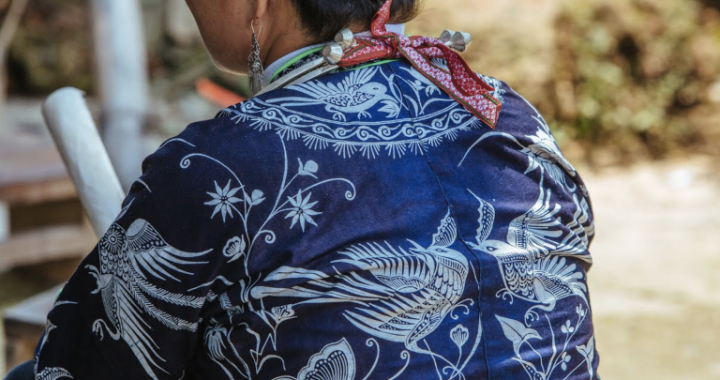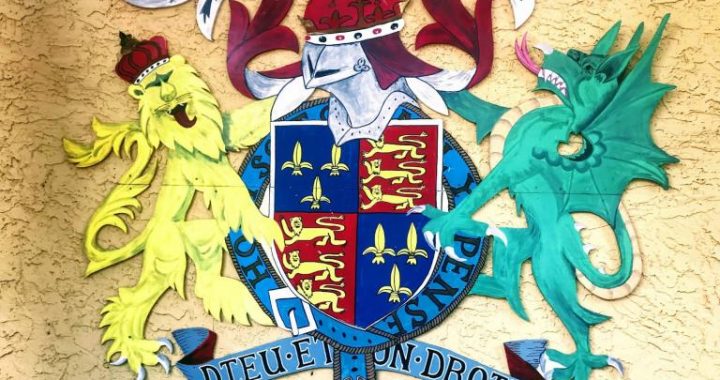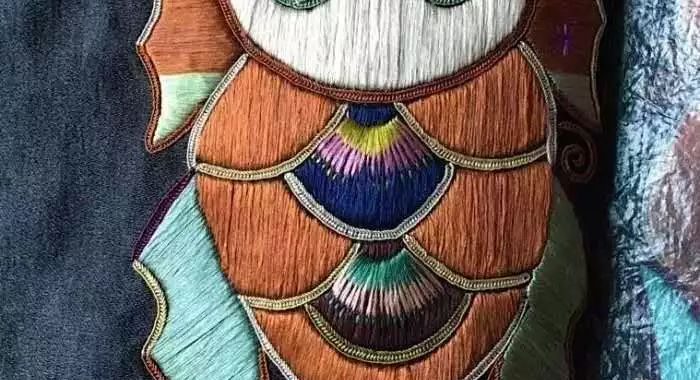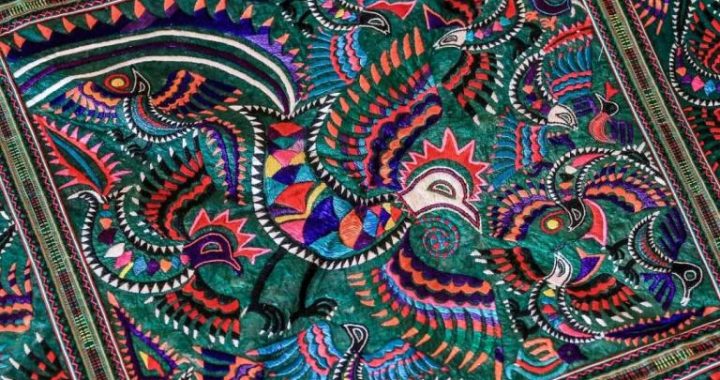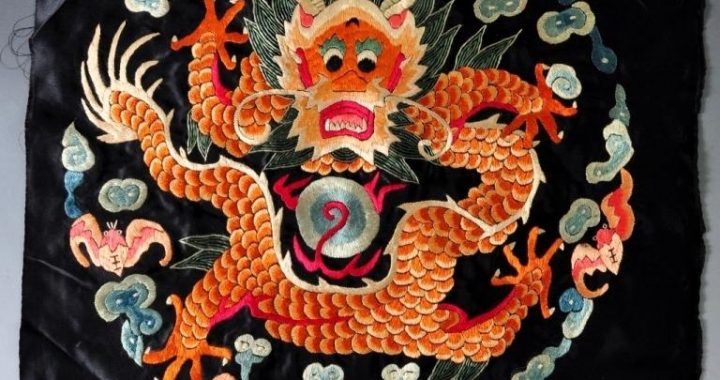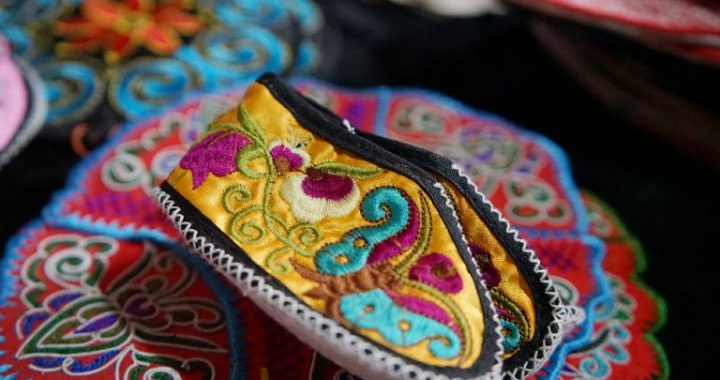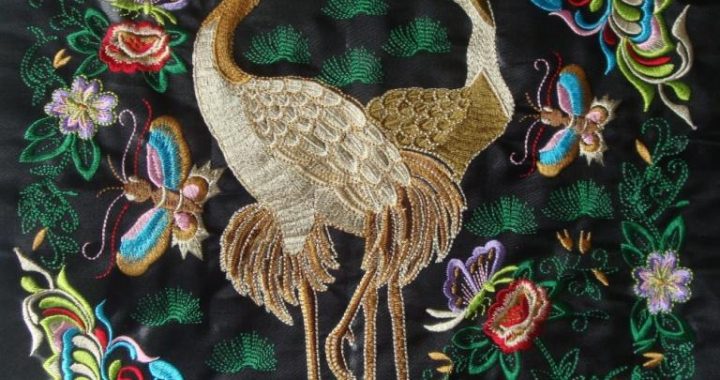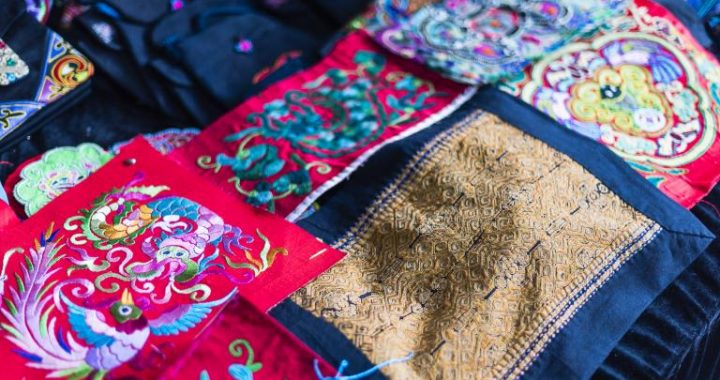Dress of Primitive Human Beings
3 min readIn the Paleolithic period, gathering, fishing and hunting were the main means for people’s diet and clothing. As byproducts of these activities, fish bones, animal bones and flyers’ feathers were gathered and processed into the most primitive ornaments. At that time, the primitive had begun to make simple stonetools, and continually to improve old tools and invent new tools, such as hole-drilling stone tools and bone tools.
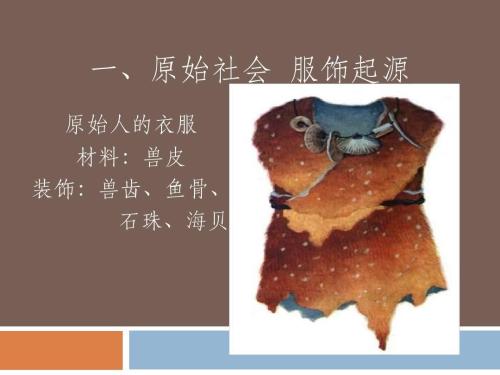
The making and improving of tools promoted the advent of primitive dress, which marks that human beings had made an important step toward civilization. In 1933, Chinese archeologists found a bone needle and 141 ornaments of hole-drilling stone, bone, shellfish, and tooth in the site of Upper Cave Man (c.20,000 years ago) near Zhoukoudian in Beijing. The 82mm long bone needle is smoothly polished with narrow and small pinhole as well as and sharp pinpoint. Scientific research indicates that the primitive at this time had known how to use these tools to sew simple clothes with animal skins and other natural materials. Besides, many ornaments were also found at the site, such as small stone beads, animals’ teeth with holes, etc. Signs of wear and tear on these things show the long-term wearing. Among these ornaments, five of them took on the semicircle shape which may be bunchy pendants. Another 25 pieces were dyed with hematite powder. It may be presumed that in the middle of the Paleolithic period, Chinese ancestors had learned how to sew and were able to do some simple sewing. In this way, they sewed the skins of hunted animals into clothes to keep out the cold and thus ended the era of nakedness. The advent of primitive dress, to a certain extent, marks the beginning of Chinese dress history.
About 10,000 years ago, in the Neolithic period, human being gradually entered from gathering and hunting into the stage of fishing, hunting, farming and primitive planting. On the basis of making dresses for a long time with animal skins, stems and leaves of plants, they invented the primitive weaving tools-spindle whorls made of ceramic or stone, which may help them to weave and make clothes with staple knitting fabrics, such as flax, animal hairs and fur. The new weaving techniques not only provided the making of dress with new materials, that is manual cloth, but also brought changes to the dress patterns and functions.
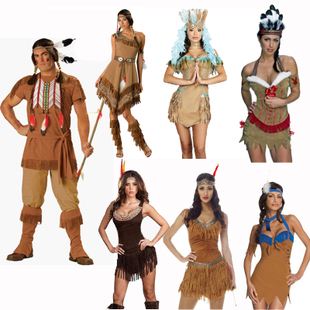
The dress of guantouyi (simple garment that is designed with one hole on a clotl so that it is put on by being drawn over the head) and cloak-style dress had become typical clothing, and the ornaments became varied, which exerted enormous influence on the forming of dress system. Rock paintings in Langshan area in the Inner Mongolia Autonomous Region, in Wujiachuan in Gansu province and in the northwestern border of Xinjiang Uygur Autonomous Region as well as the pottery of Xindian culture in Shandong province have described the main dress styles at that time. In the Neolithic period, except for the ordinary clothes, archeologists also found hats, boots, headwears, baldric and hairdos made of bone, stone, jade, which demonstrates that these dress styles were widely accepted and spread, and they nearly replaced all the simple ancient clothes. In this way, the dress pattern of Chinese ancestorswas fundamentally improved, which laid a foundation for the further improvement of dress system. The development from the clothes made of animal skin to the clothes sewed with flax marks a great leap of human society.
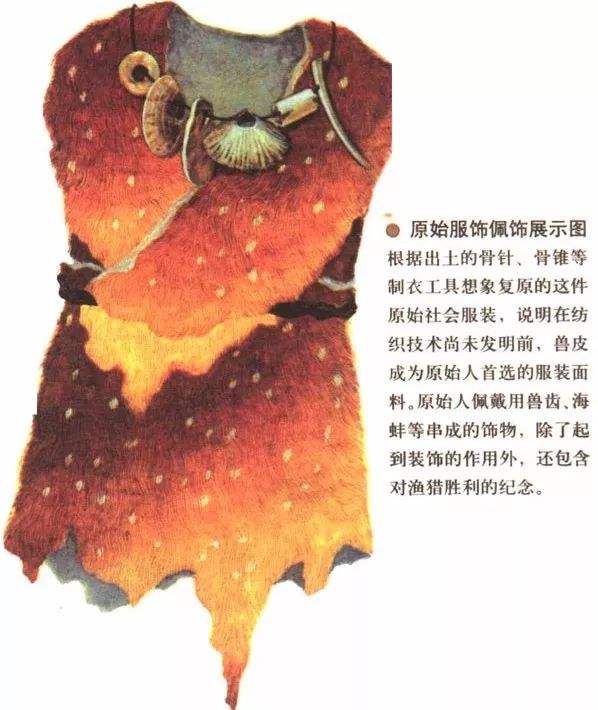
However, when was the basic pattern of ancient Chinese dress formed? How did they look like after al1? As this happened long ago and the cultural relics that archeologists unearthed are very limited in number, it’s extremely difficult to give a definite answer to the above-mentioned questions. From the ancient documents and cultural relics unearthed at the sites of primitive human beings, however, we may presume that Chinese traditional dress first appeared in the age of Huangdi.
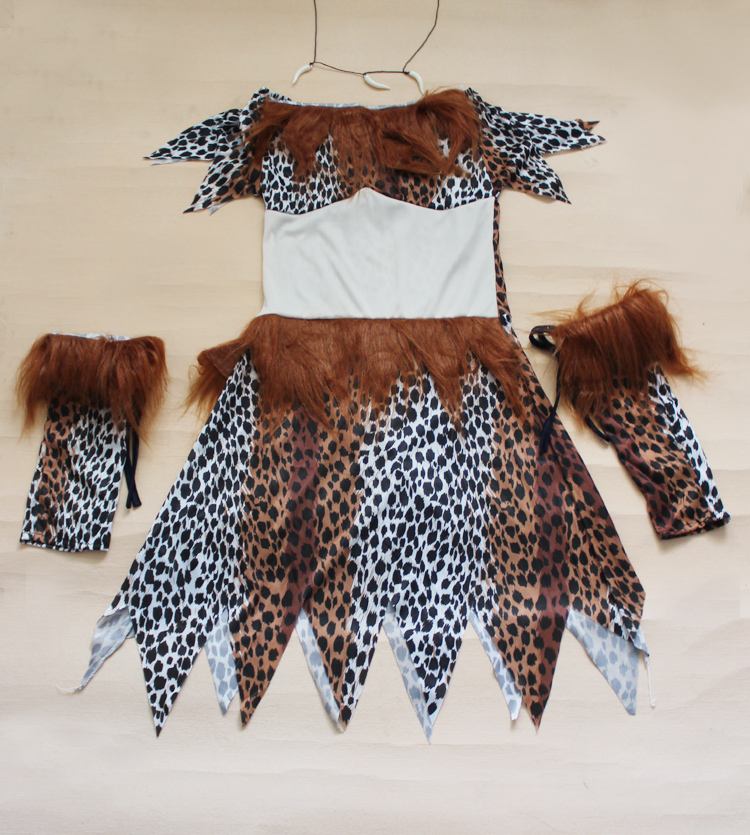
Moreover, in light of the traditional Chinese dress theory, the initial dress pattern consisted of two parts-garment and ornament. There was head-dress (mainlyheadband and hats), clothes (the above part is called upper clothes, and the lowerpart is called skirt), and foot-dress (mainly shoes and socks). The upper clothes and lower skirts might be considered as the earliest dress pattern in ancient China.
